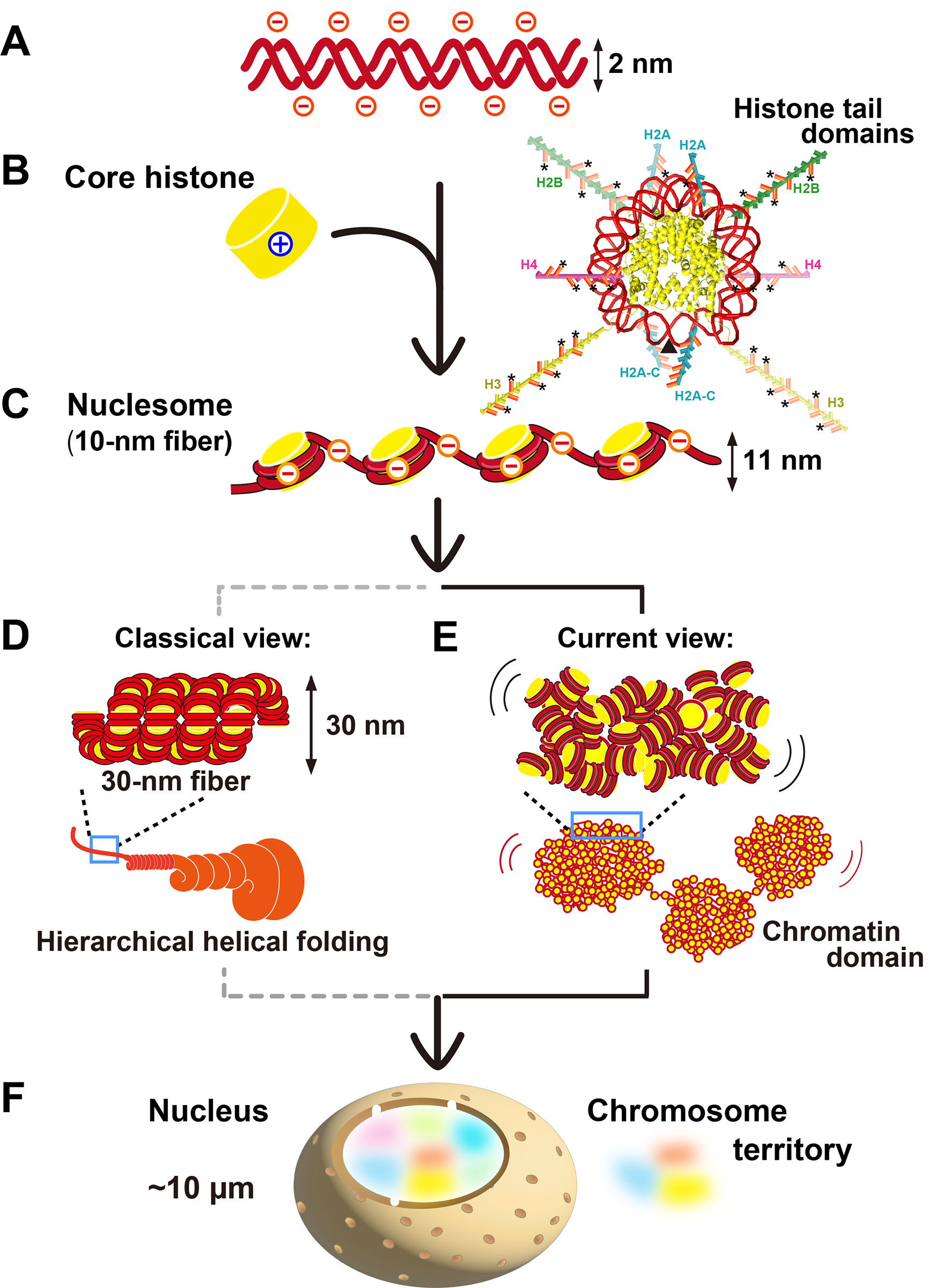2025-04-24 トロント大学(U of T)
<関連情報>
- https://www.utoronto.ca/news/does-modern-life-keep-us-night-study-puts-popular-sleep-myth-rest
- https://royalsocietypublishing.org/doi/10.1098/rspb.2024.2319
人類は睡眠の流行に直面しているのか、それとも啓蒙主義なのか?大規模な産業社会では、長く効率的な睡眠が見られるが、概日リズム機能は弱い Are humans facing a sleep epidemic or enlightenment? Large-scale, industrial societies exhibit long, efficient sleep yet weak circadian function
David Ryan Samson and Leela McKinnon
Proceedings of the Royal Society B Published:26 February 2025
DOI:https://doi.org/10.1098/rspb.2024.2319

Abstract
The Centers for Disease Control and Prevention declared sleep-related problems to be a public health epidemic. With the advent of biometric sleep tracking technology taking the sleep lab into the field, the study of human sleep is now global, and these new datasets show contrasting findings. Previous reports suggest sleep in small-scale, non-industrial societies to be short and fragmented yet characterized by greater circadian rhythmicity. However, the role of circadian rhythm indicators in understanding global variations in human sleep patterns remains unclear. We examine population-level sleep studies (n = 54) using polysomnography and actigraphy to test the sleep restriction epidemic hypothesis, which posits that labour demands and technological disruption in large-scale, industrial societies have reduced sleep duration. We used an actigraphy-generated circadian function index from both non-industrial and industrial societies (n = 866) to test the circadian mismatch hypothesis, which suggests that poor chronohygiene in regulated environments misaligns circadian rhythms in industrial societies. In rejection of the sleep restriction epidemic hypothesis, our results show that industrial societies experience the longest, most efficient sleep, whereas in support of the circadian mismatch hypothesis, sleepers in non-industrial societies are characterized by the greatest circadian function.


